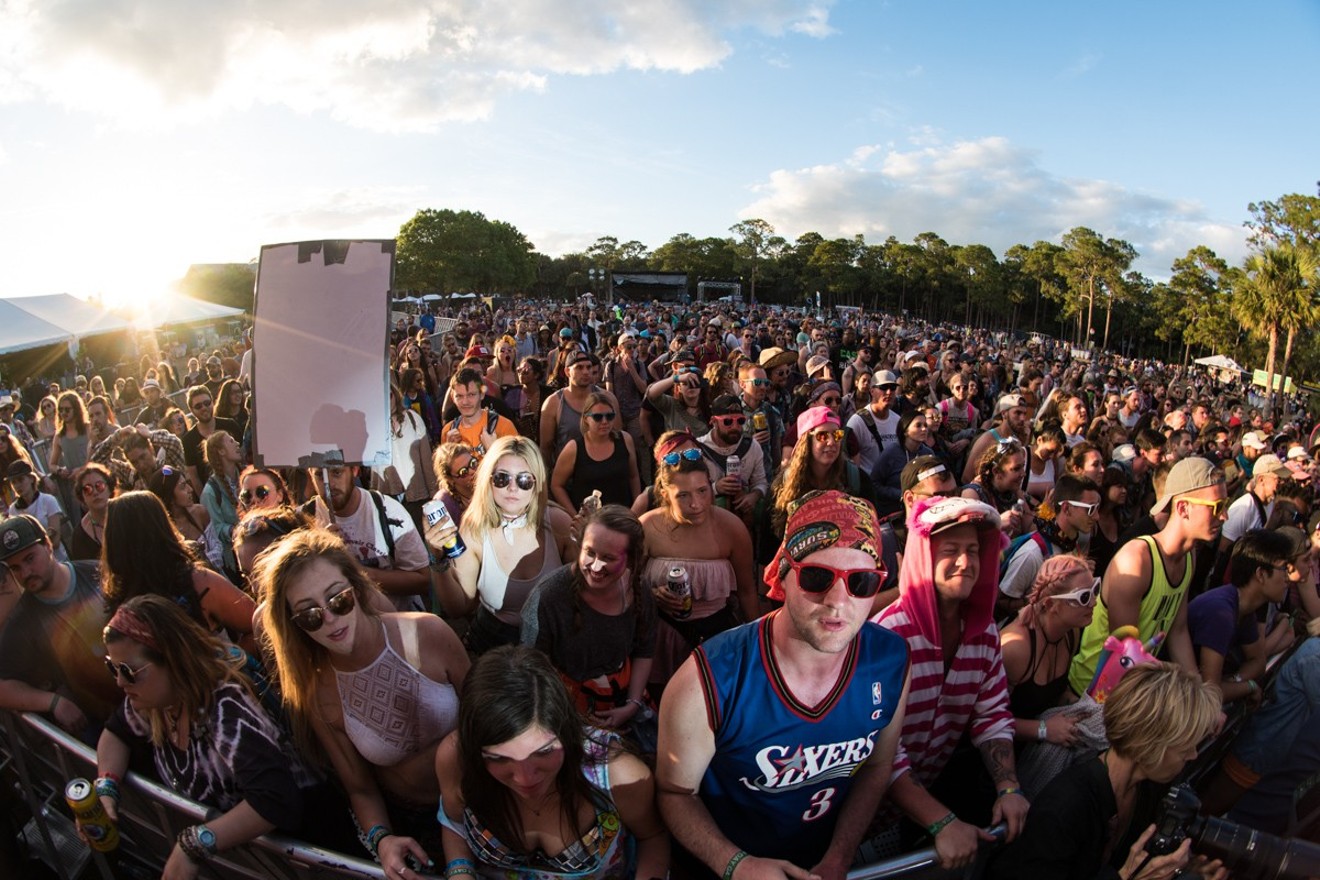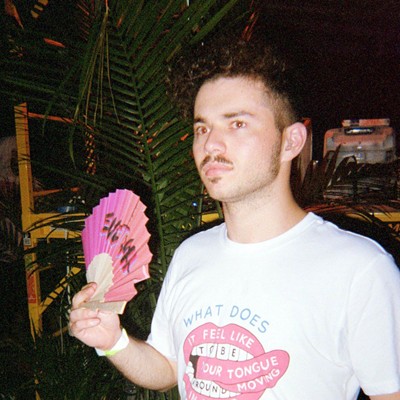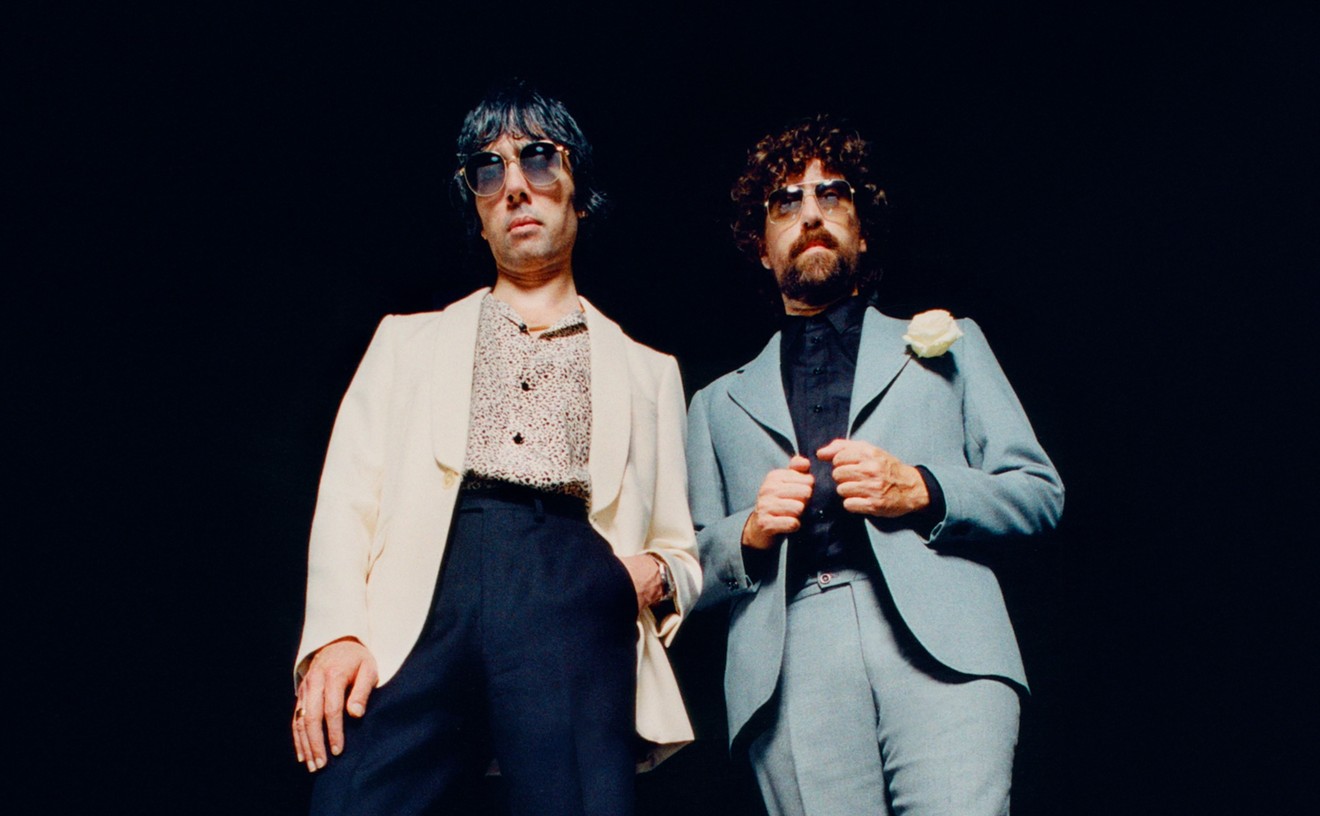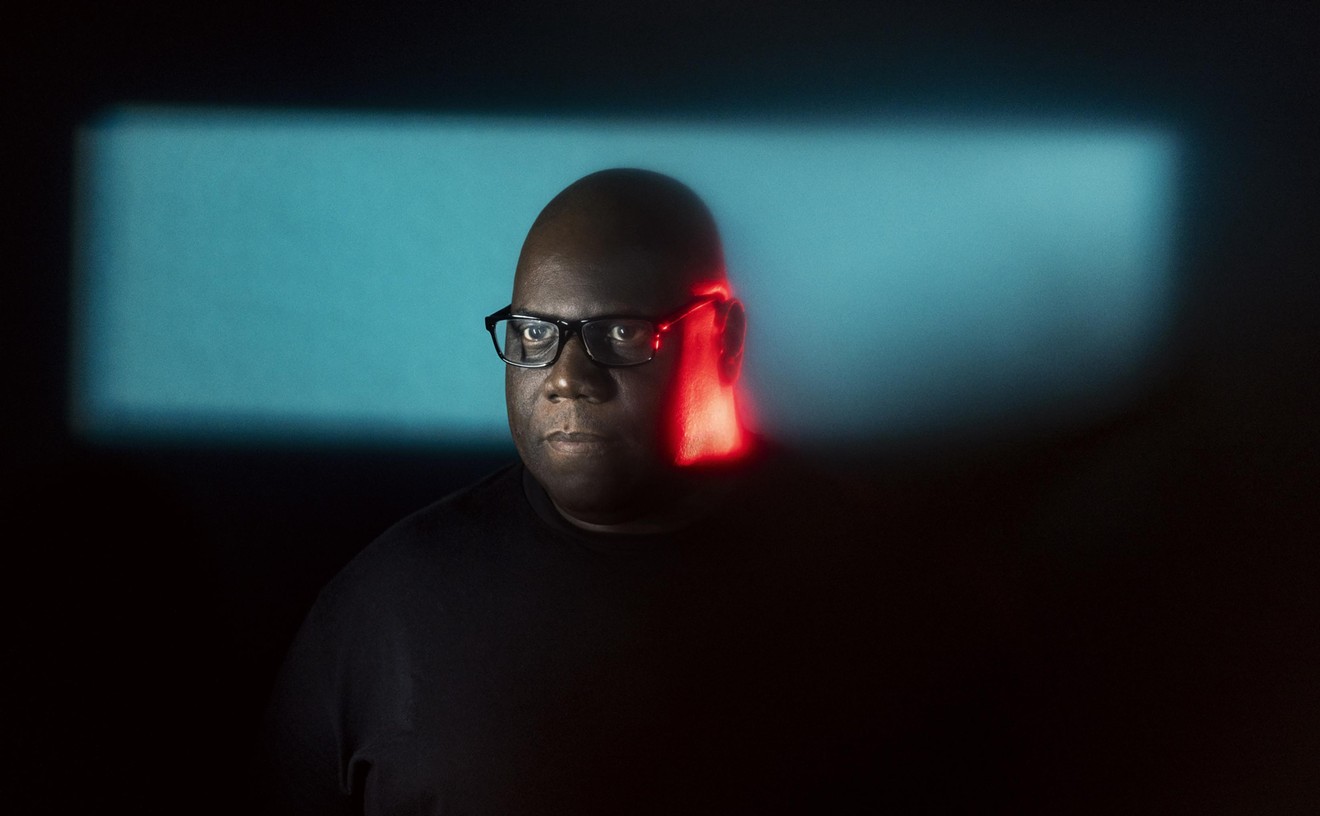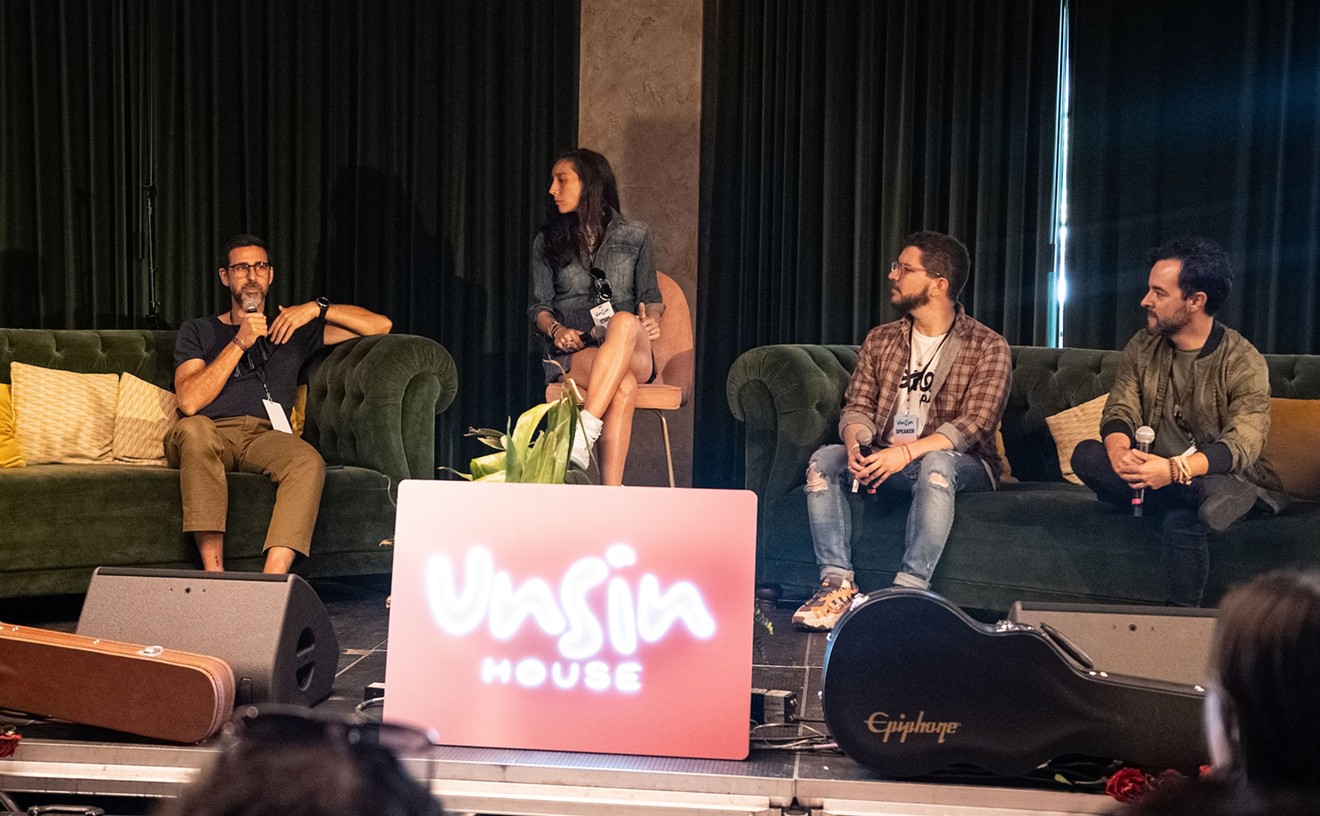By many standards, Okeechobee Music & Arts Festival is a resounding success. Since its inaugural edition in 2016, the South Florida festival has sold out twice — no easy feat for a fest without a reputation to precede it. Besides being financially solvent, Okeechobee has garnered acclaim from critics and audiences. It also has a well-populated subreddit and a cute shortened name that fits comfortably alongside that of 'Roo and Lolla: Chobee.
For Floridians who have long braved the perils of interstate driving and steep airline fees in order to attend outdoor music festivals, Okeechobee is a godsend. Frankly, it’s absurd that it took this long for something as large as Okeechobee to take root in a state as culturally fertile as Florida.
But much like the high-school freshman lost in a sea of cliques and crews, Okeechobee and its organizer, Soundslinger LLC, don’t seem to have a clear view of what the burgeoning festival is or what it might become. What Okeechobee lacks is the quality that enabled the likes of Coachella and Lollapalooza to transcend the limitations of popularity and become full-blown cultural behemoths: a firm identity.
It’s difficult to suss out the connective tissue or unifying theme among acts in this year’s lineup. It’s not a problem of genre diversity; since the overwhelming success of the holy trinity of Bonnaroo, Coachella, and Lollapalooza in the mid-'00s, eclectic lineups have become a staple of the postboom American festival circuit.
Take Bonnaroo, for example. Even from its origins as a celebration of jam-band culture and its myriad offshoots, Bonnaroo had a strong sense of self, with lineups that were cohesive in their vision and comprehensive in their scope, limited though they may have been. As time went on and the festival began to encompass larger movements within popular music, Bonnaroo became a brand unto itself, one that was synonymous with forward-thinking acts and quality.
Not so long ago, Bonnaroo lineups read like a thorough and exhaustive signpost of the music canon, encompassing the past, the present, and the future of music. That's how lineups in which acts such as brass-laden folkie weirdoes Neutral Milk Hotel, pop prince Lionel Richie, and UK garage duo Disclosure could not only coexist but also thrive when juxtaposed with one another.
Ostensibly, this intersection between genres and musical moods is what Okeechobee is looking to achieve in its lineup and aesthetic. The festival was, after all, founded by former Bonnaroo programming mastermind Paul Peck and promoter Steve Sybesma. The sheer radiance of this power couple was palpable in the festival's debut lineup. Although in many ways a regurgitation of Bonnaroo’s 2015 roster, it nonetheless hit that delicate balance between legacy acts (Led Zeppelin frontman and J.R.R. Tolkien enthusiast Robert Plant, accompanied by the Sensational Space Shifters), Zeitgeist-defining superstars (Skrillex and Kendrick Lamar), and an undercard filled with cult favorites and innovative up-and-comers (Ween, Shabazz Palaces, and Kamasi Washington standing out in particular).
It was simultaneously surprising and invigorating to see a festival emerge so fully formed out of the gate; it was doubly surprising to watch it stumble in its second year. Although we aren’t privy as to whether Okeechobee’s 2017 lineup was affected by Peck and Sybesma’s departure from Soundslinger last year over “philosophical differences,” it doesn’t seem to be unreasonable to speculate as much.
As any attendee of this year’s festival could attest to, both the crowd and the lineup skewed heavily toward the bassier side of the equation. For those who aren’t familiar with this genre, bass music — insofar as it’s understood and appreciated by its target audience — is post-EDM abrasion for the sake of abrasion. Lacking the familiar rhythms and grooves that permeate other genres of dance, it smacks its listeners over and over with nearly identical drops, wubs, and the sounds of screeching slugs processed through a vocoder. It’s the sonic equivalent of a cock slap, except unlike an actual cock slap, it doesn’t come at the end of a satisfying shared experience between consenting adults; it’s relentless, it's unyielding, and — despite how flaccid the music may be — it doesn’t stop.
This would be fine on its own if Okeechobee had begun as a bass-heavy festival in the vein of EDC or Sunset Music Festival. But when artists of the caliber of Solange and George Clinton are being overlooked — both on the lineup itself and, if crowd sizes are any indication, by audiences – in favor of the likes of Bassnectar and Snails, something has gone seriously wrong somewhere along the way.
Going forward, Okeechobee needs to decide what it will be. Any festival that transcends mere existence to attain greatness has a firm, taut identity. Coachella and Lollapalooza are stamps of distinction, connecting the dots between genres and sounds to form a whole picture of quality music; in Miami, III Points offers an exhaustive compendium of everything electronic, from the brightest beams of synthpop to the darkest corners in Berghain. Looking outside of the state, festivals such as Shaky Knees have remained steadfastly rock-oriented, offering a viable alternative to lineups that seek to appeal to everybody at once and, in doing so, appeal to no one at all. It's a problem that particularly plagued this year’s Bonnaroo lineup, and Okeechobee – with a heavy commitment to bass heads and a wavering show of good faith to everybody else – fared only slightly better.
Great festivals work only when everybody is playing the same game. A strong lineup and schedule is like a series of trading cards, with attendees swapping stories and experiences in an attempt to gain a comprehensive experience that is otherwise impossible. But when attendees at a festival can go an entire weekend without making tough decisions or venturing out of their comfort zone, something has been lost along the way.
In many ways, Okeechobee is already great: By merely bringing a large-scale camping festival to the Sunshine State, Chobee is already a winner. It certainly helps that unique qualities like Jungle 51 – a techno alcove that has hosted the likes of Derrick May and Nightmares on Wax – are genuinely exciting and innovative. But if this year’s lineup and corresponding audience were any indication, Okeechobee faces two divergent paths in its near future: Will it commit to greatness by booking forward-thinking acts across genres and decades, or will it rest on its laurels by booking EDM acts while throwing a requisite bone or two to everyone else? Florida already has more than enough electronic music festivals; the opportunity to foster its own Coachella is too great to sacrifice in the name of easy ticket sales.
[
{
"name": "Air - MediumRectangle - Inline Content - Mobile Display Size",
"component": "19274298",
"insertPoint": "2",
"requiredCountToDisplay": "2"
},{
"name": "Editor Picks",
"component": "17482312",
"insertPoint": "4",
"requiredCountToDisplay": "1"
},{
"name": "Inline Links",
"component": "18711090",
"insertPoint": "8th",
"startingPoint": 8,
"requiredCountToDisplay": "7",
"maxInsertions": 25
},{
"name": "Air - MediumRectangle - Combo - Inline Content",
"component": "17482310",
"insertPoint": "8th",
"startingPoint": 8,
"requiredCountToDisplay": "7",
"maxInsertions": 25
},{
"name": "Inline Links",
"component": "18711090",
"insertPoint": "8th",
"startingPoint": 12,
"requiredCountToDisplay": "11",
"maxInsertions": 25
},{
"name": "Air - Leaderboard Tower - Combo - Inline Content",
"component": "17482313",
"insertPoint": "8th",
"startingPoint": 12,
"requiredCountToDisplay": "11",
"maxInsertions": 25
}
]

